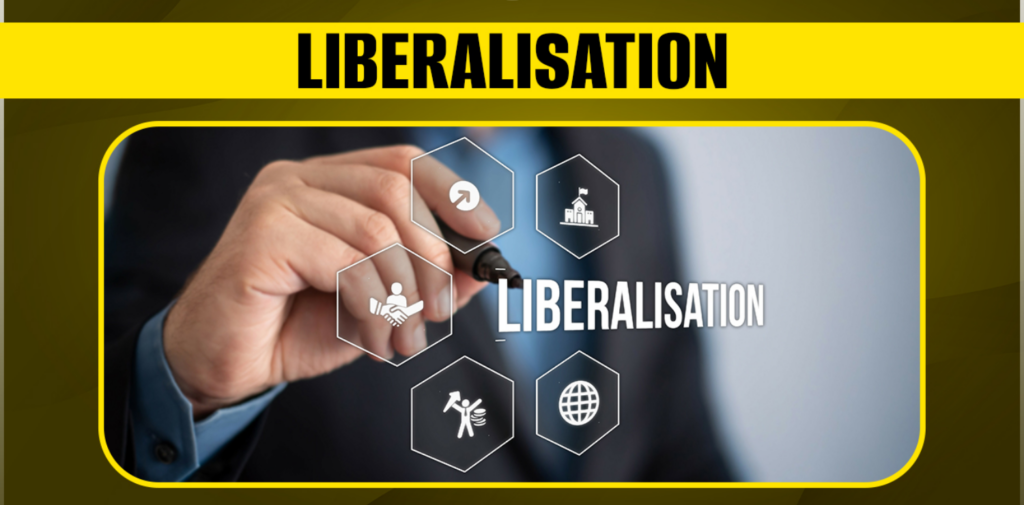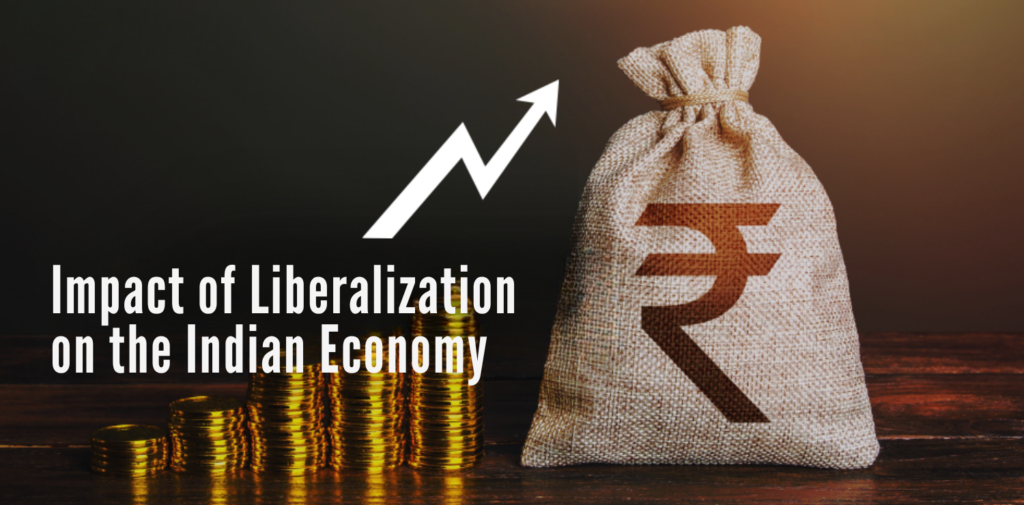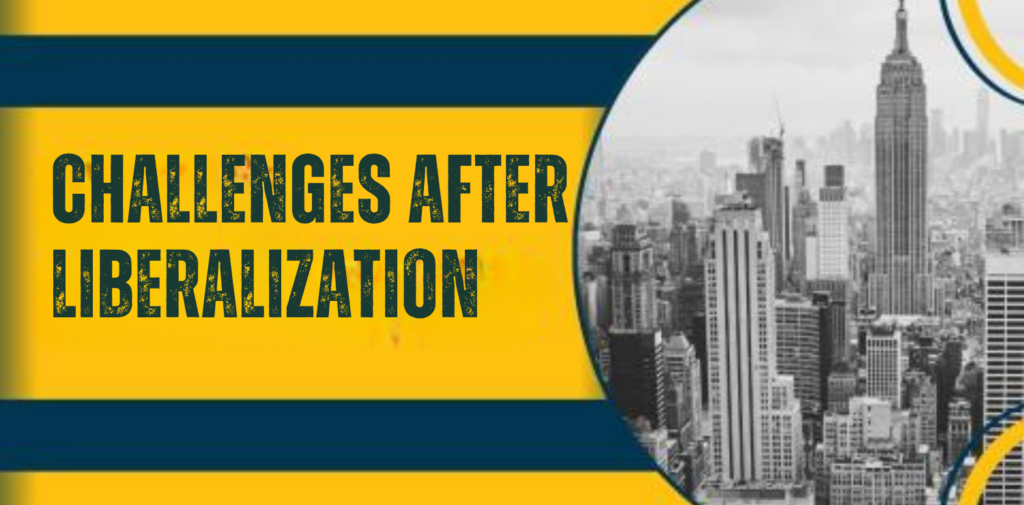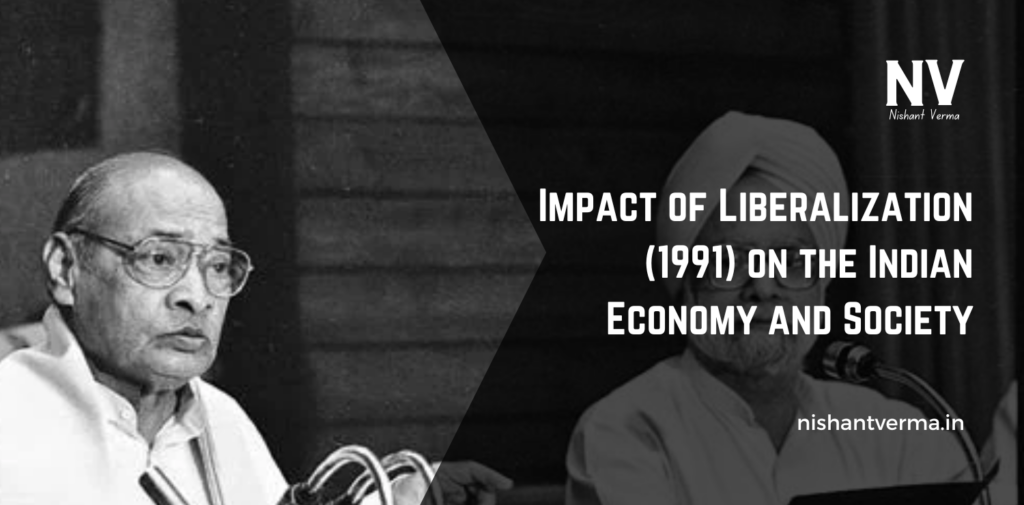In 1991, India made a huge decision that changed the way the country functioned economically and socially. This change is called liberalization, and it allowed India to open its doors to the world in terms of trade, investment, and business. Before 1991, India had a controlled economy with many rules and restrictions on businesses, but after liberalization, everything changed. It led to new opportunities and challenges for India. In this article, we will explore the Impact of Liberalization, why it happened, and how it affected both the economy and society.
What is Liberalization?
Liberalization means opening up the economy by reducing government control over businesses and trade. Before 1991, India’s economy was highly regulated. The government controlled many areas of business, such as which products could be imported or exported, and how businesses could operate. However, in 1991, the government decided to make significant changes. It removed some of the rules that were holding businesses back, allowing India to connect with the global market. Foreign companies were allowed to invest in India, and Indian businesses were encouraged to grow and compete internationally.

Why Did India Liberalize in 1991?
The main reason for liberalization was an economic crisis. In the early 1990s, India was facing a financial emergency. The country didn’t have enough money to pay for its imports, and it was heavily in debt. At the same time, India’s economy was growing very slowly, and people were still living in poverty. The government realized that it needed to change its economic policies to avoid further problems and boost the economy.
Another reason for liberalization was the global trend towards open markets. Many countries were opening their economies and moving towards free trade. India recognized that to stay competitive and grow, it had to join the global market.
Key Changes in the Indian Economy
Liberalization in 1991 brought several changes that helped shape the future of India’s economy. One of the first major changes was the reduction of restrictions on businesses. The government cut down on the number of rules that made it difficult for companies to grow. This allowed businesses to operate more freely and encouraged private companies to expand. India also started to open its trade by reducing taxes on imports and exports. This meant that goods from other countries could come to India more easily, and Indian businesses could start selling products abroad.
The government also encouraged foreign investments. Before liberalization, it was difficult for foreign companies to do business in India, but after 1991, foreign companies were allowed to invest and set up businesses in India. This brought in new technologies, products, and ideas. Lastly, the government decided to privatize many state-owned companies. This meant that private businesses could take over industries that were once controlled by the government, leading to more competition and efficiency.

Impact of Liberalization on the Indian Economy
The liberalization of 1991 had a huge impact on India’s economy, leading to faster growth and development. After liberalization, India saw an increase in economic growth. The country’s economy grew much faster than before, and many businesses expanded. More job opportunities were created as new companies entered the market, especially in cities. This also led to rising incomes as people found better-paying jobs in the growing industries like technology, retail, and manufacturing.
With liberalization, India also became a more globalized economy. It started to trade more with other countries, which meant that people could buy cheaper goods from abroad. At the same time, Indian companies were able to sell their products to people in other countries. India’s IT industry, in particular, grew rapidly, and cities like Bangalore became centers for technology and innovation.
Another major change was the rise of the private sector. Before 1991, many industries were owned and run by the government, but after liberalization, many of these industries were sold to private companies. This meant that businesses had to work harder to offer better products and services, leading to increased competition and innovation. For example, private companies in industries like telecommunications, energy, and transport brought in new technologies and improved services for the public.
Impact of Liberalization on Indian Society
While liberalization brought economic growth, it also changed society in many ways. One of the biggest changes was urbanization. As businesses grew in cities, people from rural areas moved to cities in search of better job opportunities. This led to the growth of cities like Mumbai, Delhi, and Bangalore, and changed the way people lived. More people could afford better homes, cars, and education, and many families enjoyed a higher standard of living.
Liberalization also created a need for more education and skills. As new industries grew, companies needed skilled workers, especially in fields like technology, engineering, and business. This led to a rise in the number of people pursuing higher education and technical degrees. Many young people took advantage of new opportunities to learn new skills that were in demand in the job market.
However, liberalization also had some negative effects on society. While many people benefited from the changes, inequality increased. People in cities, especially those working in modern industries like IT, became wealthier, but people in rural areas did not see the same improvements in their lives. This led to a growing gap between the rich and poor. Many poor people continued to live in poverty, even as the country as a whole became wealthier.

Challenges After Liberalization
While liberalization brought many benefits, it also created some challenges. One of the biggest challenges was the uneven development between cities and rural areas. Urban areas saw rapid growth, but rural areas often did not experience the same level of improvement. This led to rural-urban divide, where people living in villages continued to face poor living conditions, lack of proper education, and fewer job opportunities.
Another challenge was the impact on small businesses. With the entry of large foreign companies, small Indian businesses had to compete with much bigger companies, often leading to their failure. This created economic uncertainty for many small business owners who were unable to keep up.
Conclusion: A New Beginning for India
Liberalization in 1991 was a turning point for India. It brought the country into the global economy and helped it grow rapidly. India’s economy became more competitive, and many people saw better job opportunities, higher incomes, and improved living standards. The private sector flourished, and foreign companies invested heavily in India, bringing new technologies and products.
However, the changes also created challenges. While cities benefited greatly, rural areas were left behind, leading to greater inequality. Despite these challenges, liberalization has helped India become one of the world’s fastest-growing economies. Today, India continues to enjoy the benefits of liberalization, but there is still work to be done to ensure that everyone, in both cities and villages, can share in the country’s success.




